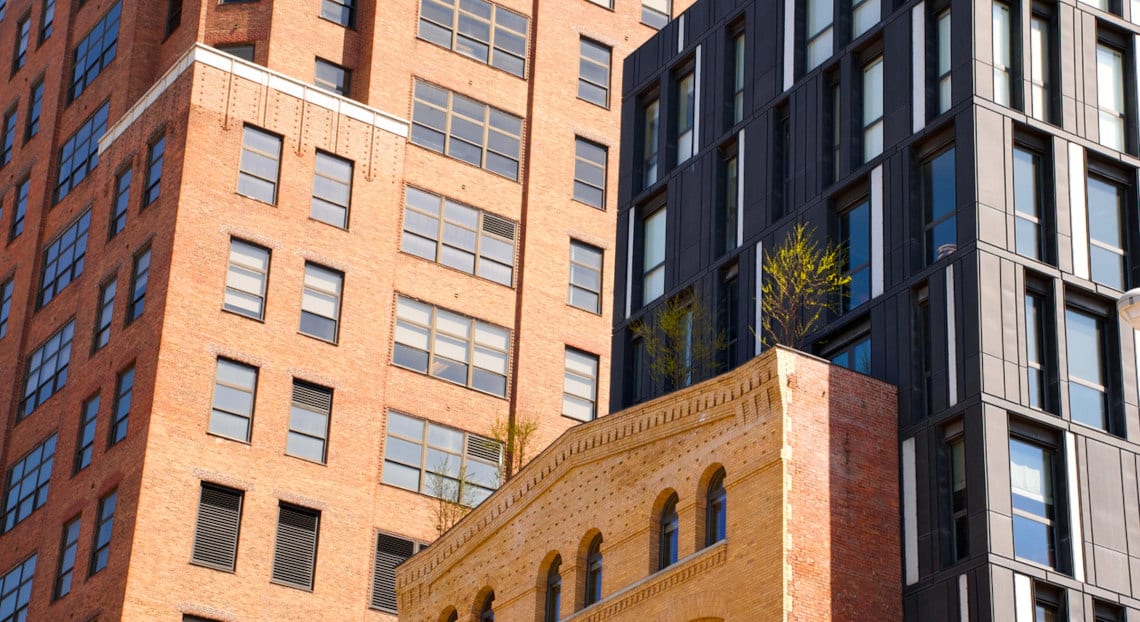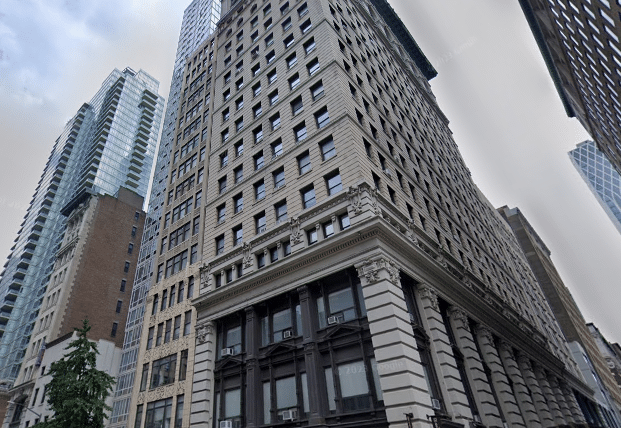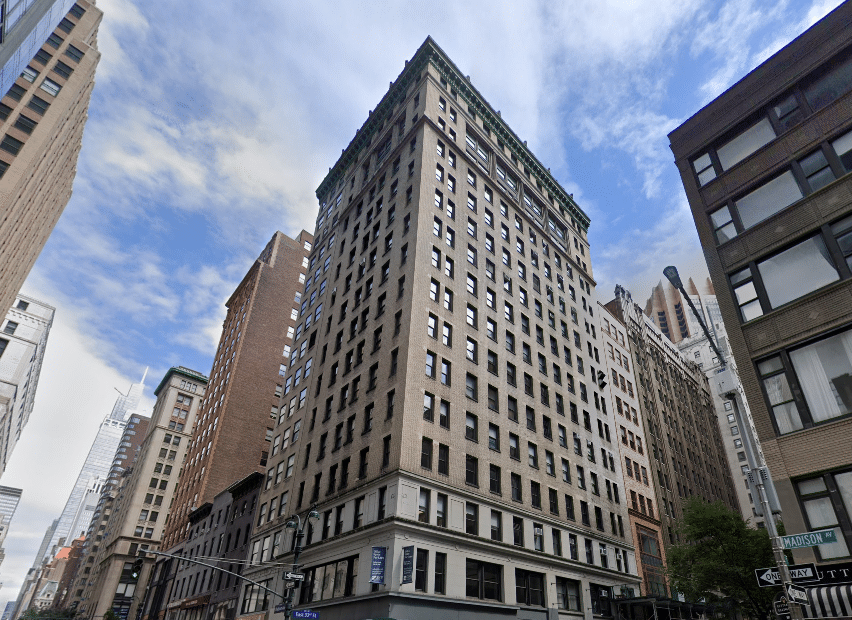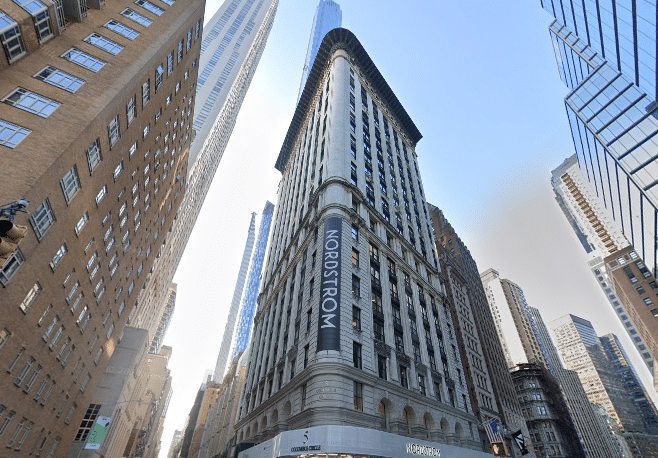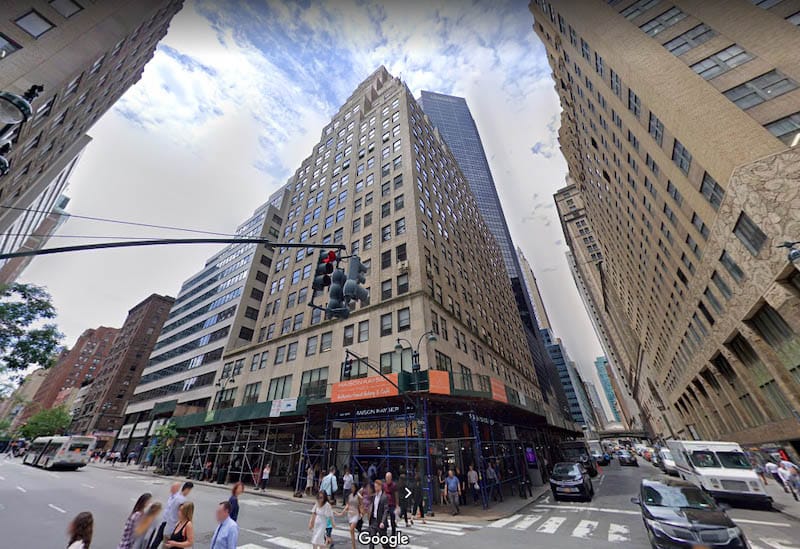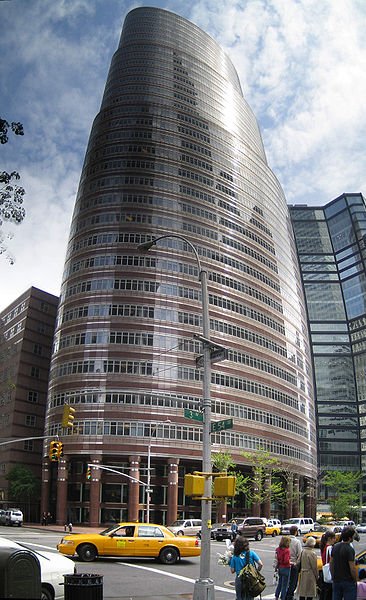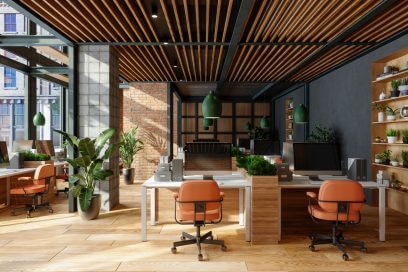Manhattan is about to undergo a major change, and it has everything to do with the empty office buildings that dot its landscape. Mayor Eric Adams has put forward a practical yet ambitious plan: convert these vacant spaces into housing units. To grasp the scale of this proposal, consider this – the city is looking at creating up to 20,000 new homes, translating to accommodation for nearly 40,000 New Yorkers in the coming decade. At the heart of this transformation lies the planned Midtown South rezoning.
This strategic initiative covers a massive 42 blocks, stretching between 23rd and 40th streets and Fifth and Eighth Avenues. The city’s vision encompasses a more diverse usage of this geography, focusing on increasing housing—particularly affordable apartments—while retaining pockets of office and commercial loft space.
It’s not just a change; it’s a response to pressing needs. New York City faces a housing shortage, and with shifts in the commercial real estate market, it’s clear that solutions are required now. This article explores the potential impacts on NYC’s neighborhoods, real estate, and residents.
What’s Motivating This Rezoning Plan and Who Benefits?
As Manhattan stands on the cusp of significant change, it is crucial to understand the driving forces behind Mayor Adams’s proposal and its beneficiaries. Two motivations stand out. First, there’s an urgent need for affordable housing. Secondly, there’s the practical idea to turn unused office spaces into homes.
The Push for Affordable Housing
An affordable housing shortage has long plagued Manhattan. Mayor Adams’s latest initiative seeks to bridge this gap. By introducing affordable apartments into prime neighborhoods, Adams envisions a city where every New Yorker, regardless of economic stature, finds a place to call home. Adams has set an ambitious ten-year goal, aiming for the lofty goal of 500,000 new homes for 40,000 individuals in the next decade alone.
However, beyond this lofty goal, Adams is set to redefine city living with the “City of Yes Housing Opportunity”, set to rewrite existing zoning codes. This ambitious plan eases density restrictions, fosters smaller studio units, and offers homeowners increased flexibility, ensuring urban living meets modern needs seamlessly.
The Office-to-Residential Conversion
Mayor Adams’s vision intends to breathe new life into empty office buildings throughout several pockets of the city. From sleeping giants, Adams aims to transform them into vibrant housing units. However, the initiative doesn’t just involve swapping boardrooms for bedrooms. With its guidance, the city plans to assist building owners through the cumbersome process, ensuring feasibility studies and secured permits.
The Neighborhoods at the Forefront
Several New York City neighborhoods, each with its own unique character and history, are poised to see notable transformations under Mayor Adams’s plan.
Murray Hill
Once renowned for its brownstone row houses and proximity to the East River, Murray Hill may soon welcome a new wave of residents. With Adams’s vision, vacant office spaces in the area could transition into thriving residential hubs. Adams’s plans could bring more people to a neighborhood known for its laid-back vibe and historic charm.
Gramercy Park
With its coveted private park and picturesque streets, Gramercy Park stands as a blend of historic and modern New York. Adams’s proposal might see this balance tip further, integrating more modern housing units into its scenic landscape. The potential influx of residents could further enrich the area’s vibrant community atmosphere.
Garment District
Historically the heart of NYC’s fashion industry, the Garment District has seen its share of change. With Mayor Eric Adams’s new vision, the district might experience its next metamorphosis. Adams is eyeing the rezoning of barely used manufacturing centers in the Garment District for residential purposes, aiming to transform empty older buildings into apartments. It’s a move designed to address the housing shortage and breathe life back into an area affected by shop closures and the shift to remote work.
Chelsea
A melting pot of art galleries, the High Line, and a diverse populace, Chelsea could see further transformation. Mayor Eric Adams’s proposal for Chelsea mirrors that of the Garment District: rezoning dormant manufacturing centers and converting older buildings into residential spaces. Already a hot neighborhood, Adams’s plan could further invigorate Chelsea with more residents and a renewed sense of community.
Flatiron District
The Flatiron District, a hub of business and beauty, is also on Mayor Adams’s radar. But here, the plan has a different flavor. Alongside the city’s “Broadway Vision” initiative, Adams has unveiled plans to rejuvenate public spaces on Broadway from East 21st Street to East 17th Street. This revitalization will include new bike lanes, expanded pedestrian areas, and a broader scope for outdoor dining, ensuring that Flatiron District remains a hotspot for both residents and visitors alike.
The Changing Face of Commercial Real Estate
As Manhattan stands on the cusp of transformative urban initiatives, its commercial real estate sector braces for substantial shifts. Housing demands, the evolution of work environments, and innovative city planning are poised to redraw the lines of commercial leases and physical spaces.
New Lease Dynamics
In the coming years, commercial office and loft leases might look markedly different. The incorporation of demolition clauses in contracts could become commonplace, reflecting the potential adaptability of structures. Moreover, areas like the Garment District and Chelsea could see landlords beginning to favor short-term over traditionally preferred long-term leases. The reasons? The shift towards residential conversions and changing post-pandemic office trends. While long leases usually mean landlords invest more in fixing up spaces for tenants, short-term ones could mean less of this customization.
A Transforming Commercial Scene
The direction of Manhattan’s commercial real estate scene suggests mixed outcomes. A potential decrease in commercial office inventory could be on the cards, potentially driving vacancy rates down and propelling rental prices upward in an inverse relationship. But amidst these shifts, a silver lining emerges. Large-scale tenant migrations, although disruptive, might pave the way for booming opportunities for the real estate brokerage industry, with more opportunities to do deals, sign leases, and earn commissions.
Challenges and Forward Momentum
While Manhattan prepares for sweeping changes, a few key challenges and proactive moves underpin this evolution:
The State’s Role
With its regulatory prowess and financial clout, the state government has a significant sway in Mayor Adams’s endeavors. While city proposals are ambitious, the state’s responsiveness and alignment with these visions are paramount. Their decisions, or occasional inaction, can catalyze or curb the momentum. As the mayor’s rezoning plans unfurl, the balance between city aspirations and state policies will inevitably shape the direction.
Mayor Adams’s Housing Crusade
Since his tenure’s inception, Mayor Adams has spotlighted housing as a cornerstone of his governance. Recognizing the challenges ahead, Adams has vocalized his intention to make housing the focal point in upcoming legislative dialogues. He’s not just aiming for more roofs; he’s advocating for policies in every legislative arena to reimagine a city where every New Yorker feels at home.
Key Takeaways
New York City, long recognized as the global epicenter of commerce, currently stands at a significant crossroads. Consequently, city officials find themselves caught in a delicate balance with this rezoning proposal. On one hand, they are eager to uphold NYC’s reputation as a top business hub. On the other hand, there’s an undeniable surplus of commercial space. Therefore, repurposing these spaces might be the answer to the city’s pressing housing shortage. Especially with spiraling housing costs driving talented professionals elsewhere, potentially dampening the city’s economic vitality.
The talent pool, combined with unparalleled access to capital and prestigious educational institutions, has always been NYC’s magnet for businesses. Now, the city faces the immense challenge of honoring its commercial legacy while meeting the demands of modern housing needs. As rezoning plans progress, one pivotal question looms large: can NYC make this crucial transition and simultaneously remain the world’s leading business center?
